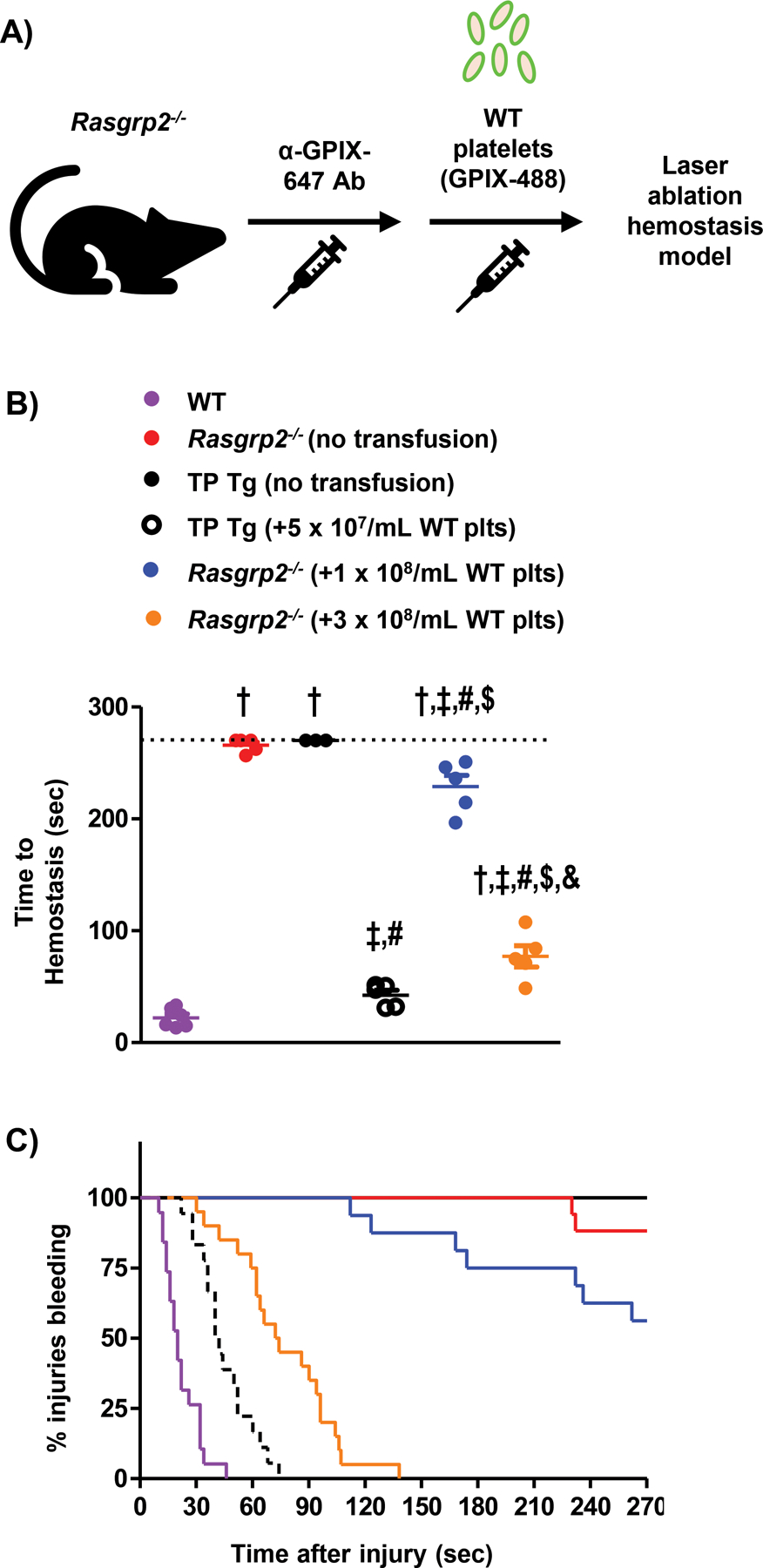Fig. 1: Rasgrp2−/− mice require a large number of transfused WT platelets for hemostasis.

(A) Model depicting platelet (plt) transfusion scheme in Rasgrp2−/− mice. Endogenous plts were labeled by injection of anti-GPIX-647 antibody prior to transfusion of GPIX-488 labeled WT plts. (B) Comparison of bleeding times in the saphenous vein laser ablation model. Rasgrp2−/− mice were transfused, or not, with a low (1 × 108/mL) or high (3 × 108/mL) number of WT plts, and compared with WT mice or plt-depleted IL4R-GPIb-Tg mice (thrombocytopenic (TP) Tg) transfused, or not, with a very low (5 × 107/mL) number of WT plts. Each dot represents the average time-to-hemostasis for 4–6 individual injuries in one mouse; n=3–6 mice per group, data shown as mean ± SEM. P<0.05: † vs. WT, ‡ vs. Rasgrp2−/− (no transfusion), # vs. TP Tg (no transfusion), $ vs. TP Tg (+5 × 107/mL WT plts), & vs. Rasgrp2−/− (+1 × 108/mL WT plts). (C) Kaplan-Meier curve representation of bleeding time data, including all individual injury sites. Note that >50% of injuries are still bleeding at the end of the experiment in Rasgrp2−/− mice receiving 1 × 108/mL WT plts.
